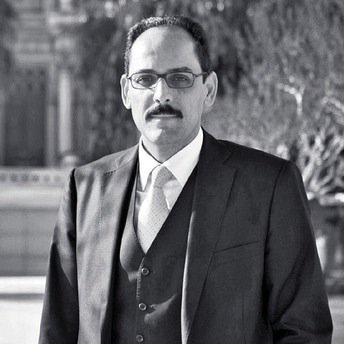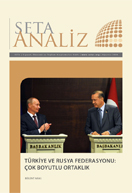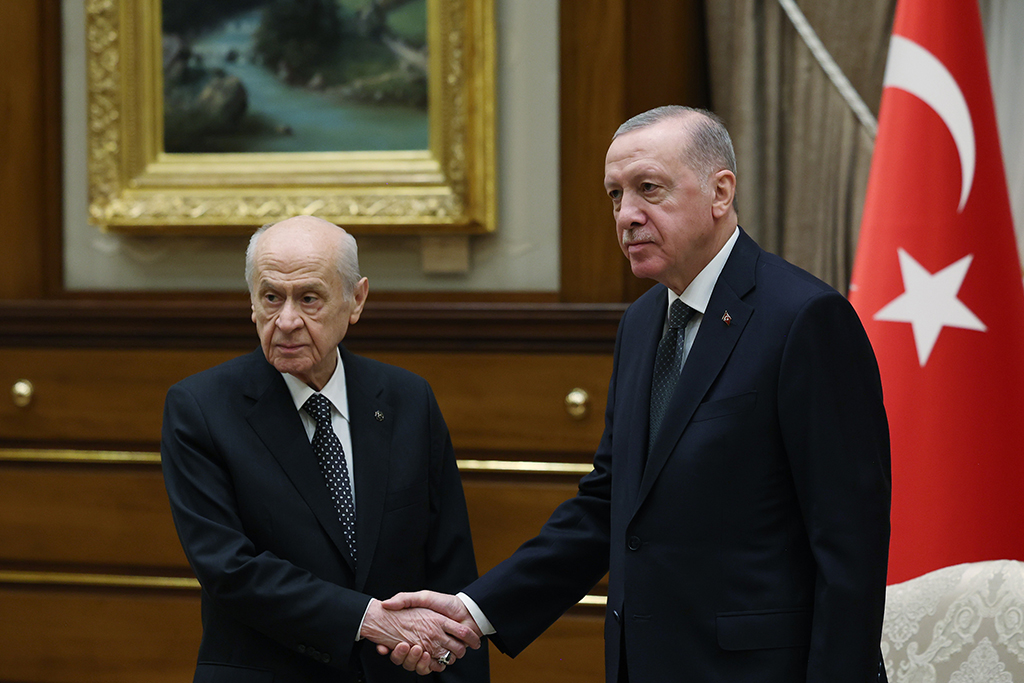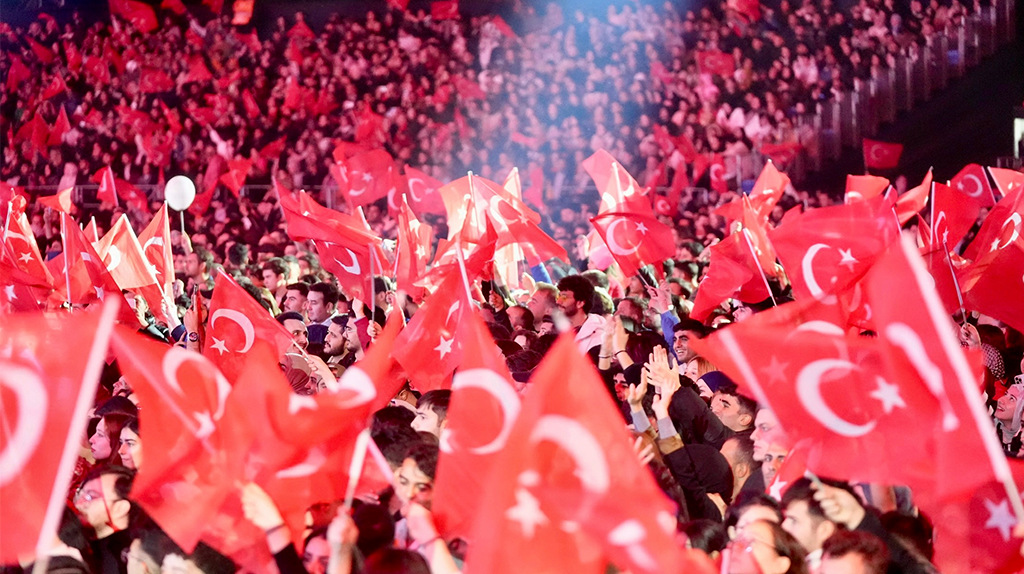Turkey is deadlocked again over the headscarf issue. The matter is about more than lifting or enforcing the headscarf ban. As in all critical issues, it goes to the heart of the established order.
A call for policy change is tantamount to change in the basic structure of the system. That is why the debate is so heated and the secularist camp is adamant about maintaining the headscarf ban. But can change be stopped? Can Turkey aspire to be a strong and prosperous country without changing its basic outlook domestically and internationally? For decades, the Turkish state resisted change coming from the grass roots. The state had its own world, logic, language, mythology, dreams and fears, and no one was allowed to enter or challenge it. After the revolution in the 1920s, change was abhorred because the state mechanism's security was based on keeping the forces of change outside the public sphere. The irony of all revolutions played itself out in the Turkish revolution: The moment the revolution, that drastic fallout with the status quo, was completed, the revolutionaries became the new system's radical conservatives.
Turkish civil society could have developed its own strategies of change in the '40s and '50s, but that was an uphill battle and had to be fought outside the privileged sphere of the political elites. The state and its ideological apparatus were the only legitimate power to decide what was best for the country and its citizens.
For some, this hasn't changed much today. That's why there is more to the headscarf issue than just lifting or maintaining the ban. As we see in such critical issues as the Kurdish problem, the Alevis and the rights of non-Muslim minorities in Turkey, the logic is one of fear: If you give them one thing, they will ask for (and eventually get) more. If you allow Kurds to speak Kurdish, we will end up with federalism and finally forfeit Turkey's territorial integrity. If you allow non-Muslim minorities certain rights, they will take over the country. If you allow the headscarf in universities today, they will declare a Shariah state in 10 years. The list goes on.
There is no end to this fear logic. The fear is certainly real for some, i.e., the old guards of the republic. But is it justified? Are the militant secularists right to be concerned about such a possibility as a religious state in Turkey? Are the ultranationalists right in thinking that allowing expressions of Kurdish identity will lead the country to its disintegration? Is more freedom really a threat to Turkey?
It is difficult to have such fears and still pretend to believe in democracy. The truth is that such fears and suspicions divide rather than unite any society. For decades, the state elites in Turkey looked down upon Kurds, devout citizens, Alevis, non-Muslim minorities and others in the name of protecting the state and the country. This policy has not made Turkey stronger but more open to bitter internal divisions and external manipulations.
Before the ban, the headscarf was both a civic and religious issue. It was up to the individual to wear it or not. Where you could wear it was never an issue. Religiously speaking, authorities, including the Religious Affairs Directorate, (Diyanet) hold that the headscarf is a religious duty but is again up to the individual to apply it or not. Turkish society has found a reasonably practical solution to the problem by defining the headscarf as a civic and religious issue. The fact that 70 percent of Turkish women cover their heads has not led to the oppression of the 30 percent who do not cover them. The problem begins when the state wants to legislate for or against it. However one defines it, the problem is now a political one and divides the country.
The Justice and Development Party (AK Party) government has a chance to solve the problem by teaming up with the Nationalist Movement Party (MHP). The MHP's proposal is not ideal because, as constitutional experts point out, it still leaves a lot to arbitrary interpretation. With a






